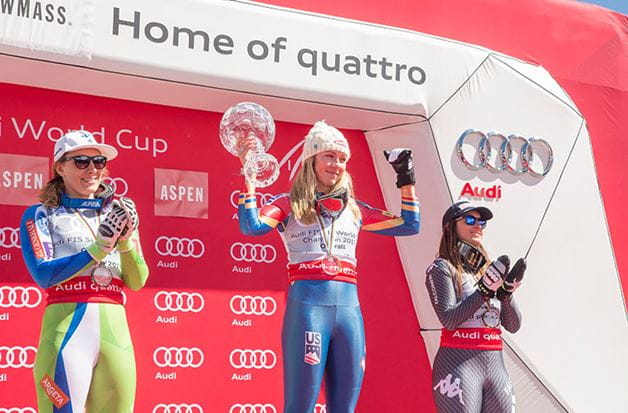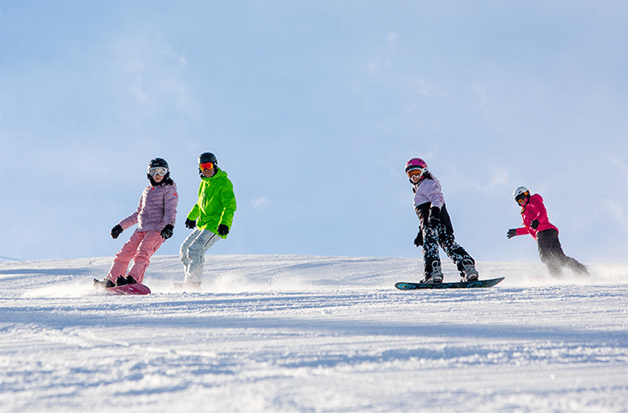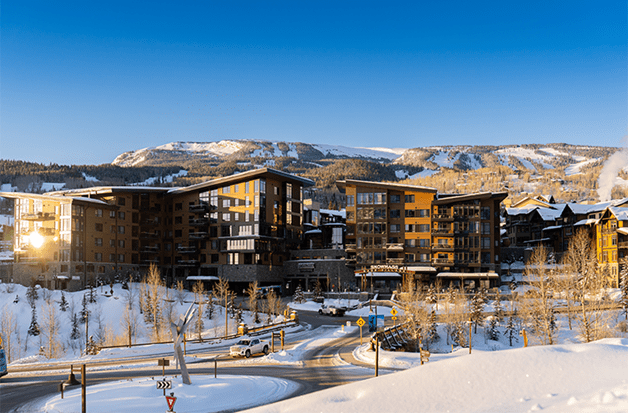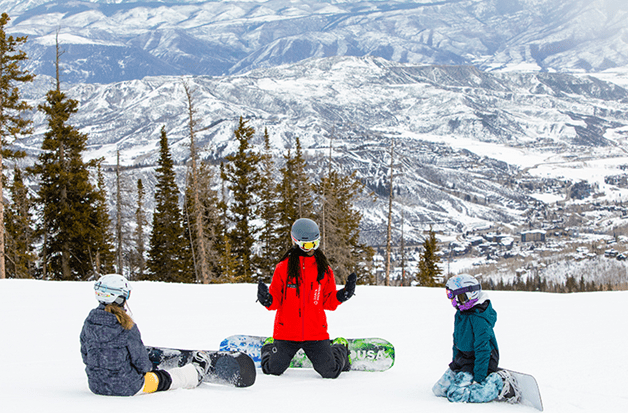Aspen Ski Racing History
Read the history—full of guts, glory, and memorable moments—of racing at Aspen Snowmass through the years.
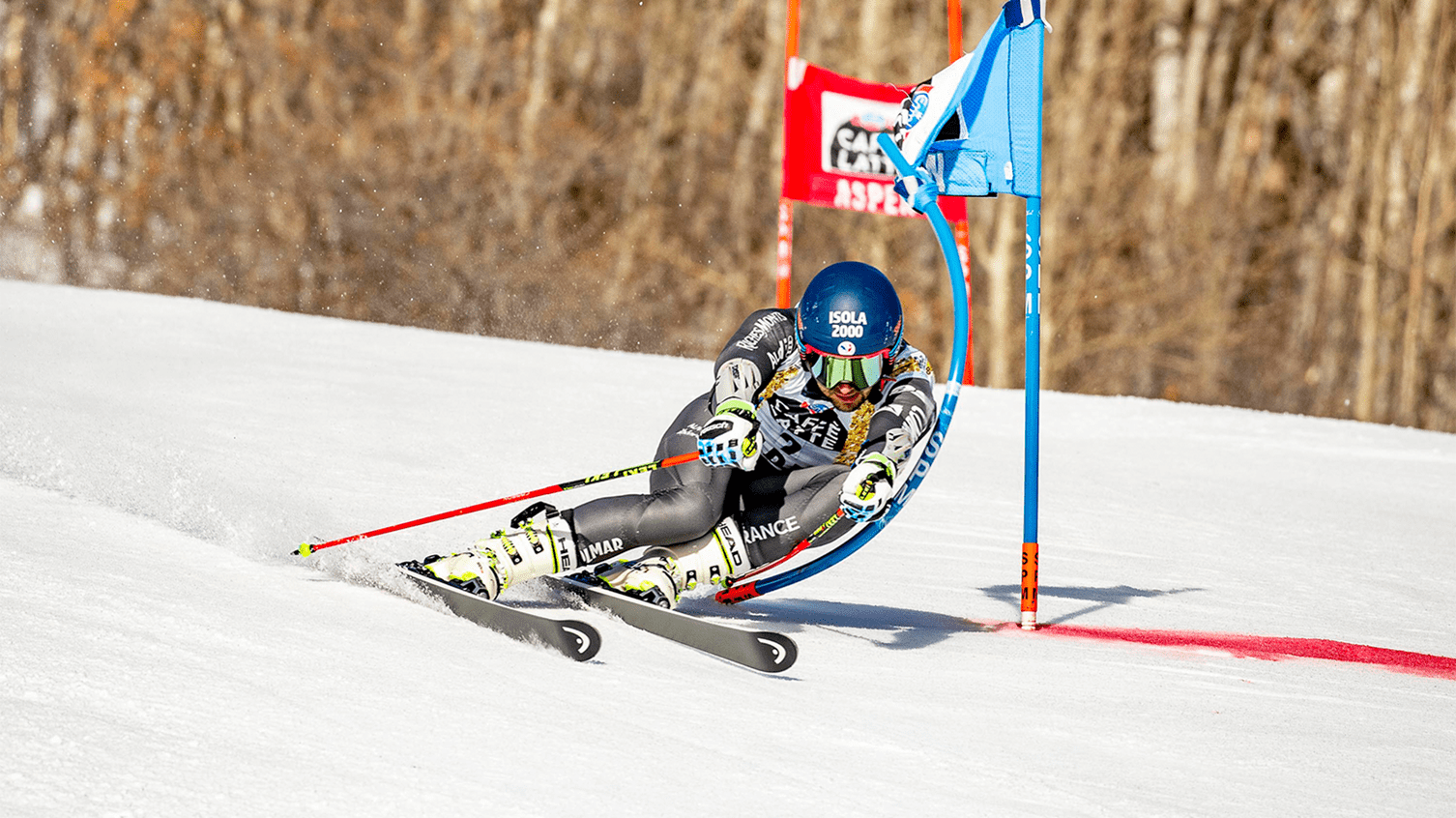
From the Roch Cup to Audi FIS World Cup Finals, ski racing has remained central to Aspen’s heritage and pure love of the sport. The world’s best alpine racers have traveled from all corners of the globe to compete in tech and speed disciplines on Aspen Mountain. The stories are vast— full of guts, glory, intrigue, and living fully. Here’s a brief peek at some standout moments over the years.
A Legacy of Racing
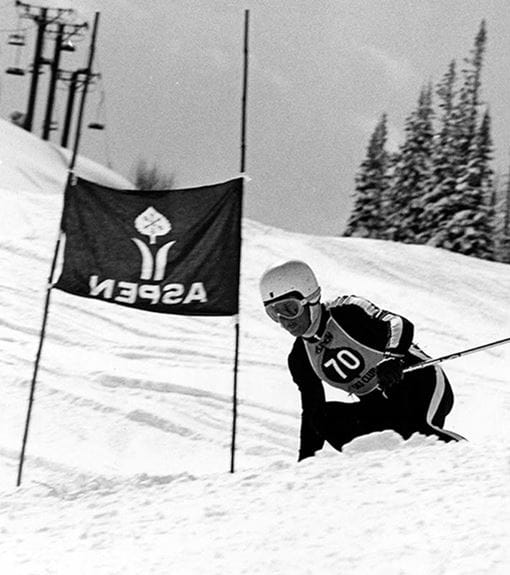
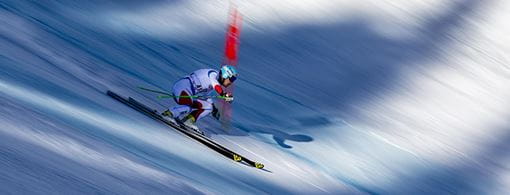
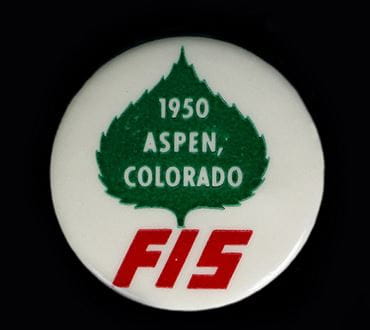
A Legacy of Racing
Throughout history, the FIS Ski World Cup races have remained central to our community. Aspen has been home to 86 alpine races since local legend Bob Beattie started the FIS World Cup circuit in 1968. From 1939—when the first FIS-sanctioned races took place at Aspen—to 1950, when Aspen hosted the first FIS World Championships outside of Europe, to the 2017 Audi FIS Ski World Finals, Aspen’s Roaring Fork Valley has been the main stage for world-class alpine racing for decades.
1937 – The newly-formed Roaring Fork Winter Sports Club—now the Aspen Valley Ski and Snowboard Club—holds the first ski race on Aspen Mountain.
1941 – Aspen hosts the US National Championships downhill and slalom, (giant slalom and super-G have not been created yet). The winners are Toni Matt and Gretchen Fraser.
1950 – Aspen hosts the FIS World Championships—the first time this event is held outside of Europe, thanks to the efforts of local ski legend Dick Durrance (founder of the Dipsy Doodle ski technique, the Aspen Ski Company, and Aspen Ski Club). Overall winners are Italian Zeno Colo and Austrian Dagmar Rom.
1954 – The Roch Cup races, which are also the US National Championships, are won by Chiharu Igaya, a Japanese student from Dartmouth, who would go on the win the silver medal in the 1956 Cortina Olympics.
1959 – Aspen hosts the Roch Cup races, which double as the US National Championship.
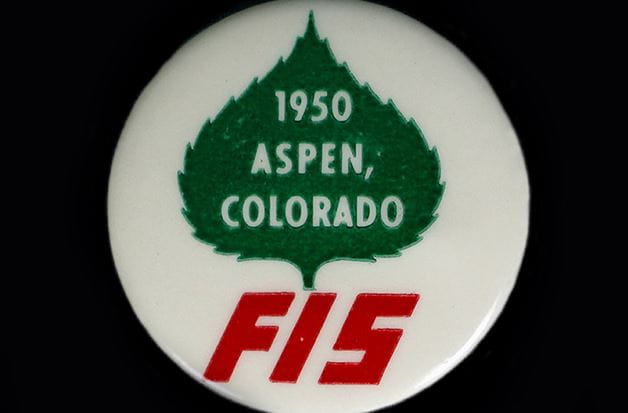
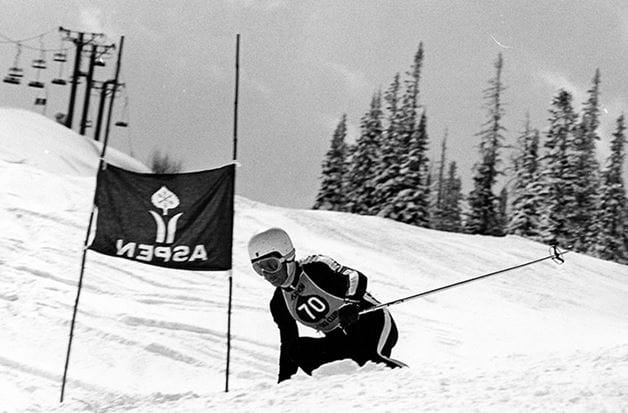
1960 – According to a February 5, 1960 Aspen Times article, Roch Cup race officials expect the largest field since the 1950 FIS World Championships as European competitors make the trip to the US before the Squaw Valley Olympics.
1963 – The Roch Cup races are considered “tryouts” for the Olympic team and American Billy Kidd wins the downhill and slalom before being chosen to represent the US at the 1964 Innsbruck Olympics. He would go on to win the silver medal in slalom.
1967 – US Ski Team director and Aspenite Bob Beattie, along with French Ski Team director Honore Bonnet and Swiss journalist Serge Lang, start the FIS World Cup circuit.
1968 – Aspen hosts its first official World Cup race. American Billy Kidd wins the men’s slalom, Austrian Gerhard Nenning wins the men’s downhill, and Canadian Nancy Greene sweeps all three women’s events.
1976 – After winning the downhill at the 1976 Innsbruck Olympics with the most famous run in downhill history, Franz Klammer of Austria wins Aspen’s downhill.
1979 – Aspen hosts a women’s only giant slalom with Christa Kinshofer taking home the gold.
1981 – American Tamara McKinney nabs first place in the giant slalom as well as the World Cup giant slalom title. Phil Mahre, also from the US Ski Team, wins the giant slalom, on his way to winning his first World Cup Overall title, narrowly edging Swede Ingemar Stenmark by only six points. These races mark the beginning of the Winternational event—a week-long celebration of skiing.
1982 – In an exciting, pressure-filled event, Swiss Peter Müller wins Aspen’s two downhills to tie Canadian Steve Podborski for the World Cup downhill title.
1984 – Mirroring Franz Klammer’s feat from 1976, American Billy Johnson wins gold in downhill at the 1984 Sarajevo Olympics, and would go on to win America’s Downhill™ in Aspen the following month.
1987 – Pirmin Zurbriggen wins both Aspen events, the downhill and super-G, on his way to his second World Cup Overall title as well as the World Cup downhill and super-G titles.
1988 – This World Cup event is the second women’s only event in Aspen, and includes a downhill, giant slalom, and slalom. Winners are Brigitte Ortli of Switzerland in downhill; Roswitha Steiner of Austria and Christian Meier-Hock of Germany tied in slalom; and Anita Wachter of Austria with the Overall title in slalom, giant slalom, and downhill.
1989 – Ingemar Stenmark, the winningest racer of all time with 86 World Cup victories, wins his final race in Aspen. Men’s World Cup racing returns to Aspen and races are held every year (except 1990) through 1995. Winners during this period include ski racing greats such as Alberto Tomba, Kjetil Andre Aamodt, and Fredrik Nyberg.
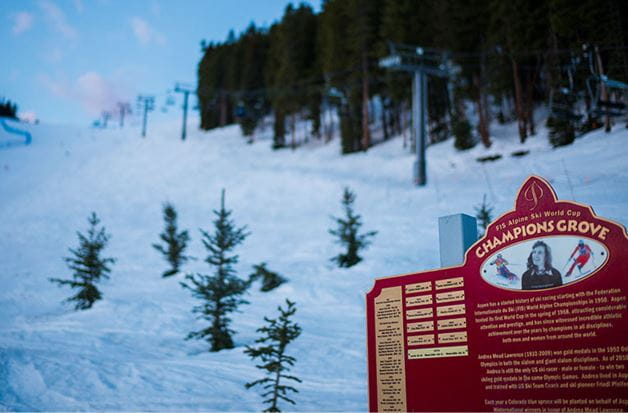
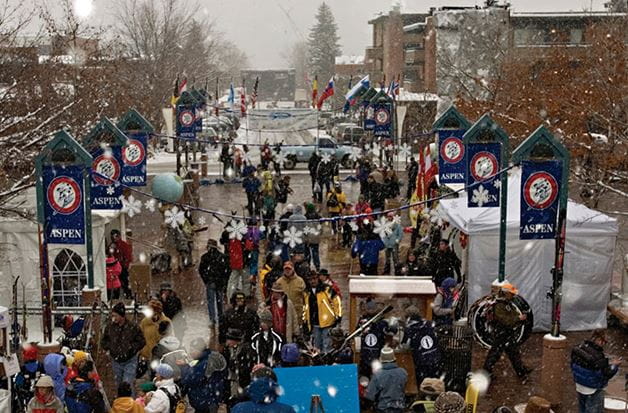
1998 – World Cup racing returns to Aspen after a three-year hiatus with a men’s super-G and slalom. The super-G course is slightly altered to take advantage of the early-season snow, and racers dub it one of the most challenging super-G courses in the world.
2000 – Women’s World Cup racing returns to Aspen with Michaela Dorfmeister winning the super-G and Janica Kostelic taking home the top spot in the SL.
2001 – Aspen is awarded five events, but only hosts two men’s slaloms this year. Croatia’s Ivica Kostelic, following in his sister’s footsteps from the previous year, unexpectedly wins the slalom starting from the 64th position for his first World Cup win. In the second race, Austrian Mario Matt wins over Bode Miller, who achieves his first World Cup podium and is the first American male to be on a slalom podium in 14 years.
2002 – The Women’s World Cup begins its annual trek to Aspen (save for 2003 and 2013, when the races are given to other resorts in order for the World Cup to run test races for the World Championships).
2004 – Finnish racer, Tanja Poutiainen wins two of the three events, a slalom and giant slalom, with Swede Anja Paerson taking the top result in the other slalom race.
2006 – Austria’s Kathrin Zettel achieves her first World Cup victory in the giant slalom.
2008, 2009 – Sarka Zahrobska Strachova of the Czech Republic wins the slalom two years in a row.
2012 – Austria’s Kathrin Zettel returns to Aspen to win slalom.
2014 – Austrian Nicole Hosp returns to the podium with a victory in the slalom for the first time since 2007. This marked her second victory on the slopes of Aspen.
2015 – Mikaela Shiffrin becomes the first American female to win gold on Aspen soil since Tamara McKinney in 1981. She wins by an astonishing 3.07 seconds which marks the largest margin of victory in modern women’s ski race history. In addition to hosting the traditional giant slalom and slalom races, Aspen adds another slalom race to the 2015 race docket, which Shiffrin wins by yet another large margin of victory, walking away with back-to-back slalom victories and marking 2015 as a good year for the U.S. Ski Team at the annual Aspen Winternational.
2017 – The Audi FIS Ski World Cup Finals are held on Aspen Mountain, coinciding with the 50th anniversary of the World Cup ski racing circuit. The world’s greatest skiers compete across five disciplines, including the return of America's Downhill™. Mikaela Shiffrin wins her fourth slalom title and becomes the first American to ever win the coveted Overall Crystal Globe on American soil.
2023 – Aspen Snowmass hosted the return of America's Downhill™ with the men's downhill and super-G March 3-5, 2023. Norwegian racer Aleksander Aamodt Kilde charged to victory in the downhill, clinching the downhill season title and joining a list of alpine skiing royalty by having his name engraved on the cherished Roch Cup. The super-G was exhilarating with Marco Odermatt of Switzerland capturing the victory as well as the super-G season title. Longtime U.S. Ski Team member and legendary downhill racer, Steven Nyman, skied into retirement and took his final World Cup run wearing all denim and descending Aspen Mountain waving an American flag, hugging supporters and teammates along the way.
